Complete Solution for Artillery Shell Surface Treatment
Artillery Shell Surface Treatment Facility Solution
We offer a complete solution for artillery shell surface treatment in order to boost defence production – as soon as possible. The tried and tested surface treatment lines operate efficiently, thus helping to increase ammunition production and overcome production bottlenecks. The production lines can cater to either 155 mm, 122 mm or 81 mm artillery shells.
The automated and proven John Cockerill shell surface treatment solution as shown in the image below:
- Machined but unfinished shells ready for surface treatment.
- Automated handling of individual shells using robots. Shells are moved to production baskets ready for surface treatment, and loading to surface treatment line.
- Automated zinc phosphating process provides protection from rust and corrosion and allows paint to adhere better. There is a possibility for integrated wastewater management solution.
- Automated unloading of shells after phosphating process and transferring them to the painting line using robots.
- Painting of shells using method of choice.
- Automated unloading dried and finished shells from the paint booth using robots.
- Automated palletising of the shells for shipping using robots.
Why choose the complete solution for artillery shell surface treatment?
All-in-one-solution
With the complete solution, every part of the process is guaranteed to work together smoothly. You get a simple solution with simple pricing.
Scalability
With one line up to 300 000 shells can be treated annually. We can also offer lines with smaller output.
Personnel safety
The automated handling and zinc phosphating processes help minimise risks and injuries when handling heavy objects and toxic chemicals.
Consistent quality
The automated process ensures consistency in the quality of the end product.
Less personnel needed
Thanks to the process being largely automated, less personnel is needed to run the operations.
Predictability and reporting
The automated complete solution ensures a predictable production process. Reports are provided to help you monitor the process.
Made to last
The lines we provide are made to last for tens of years, making them a worthwhile investment.
Lifecycle solutions
We offer our support in each phase of the line’s lifecycle from installation and training your personnel to maintenance to modernisation.
- Unloading of pallets and loading of product baskets.
- Unloading of product baskets and loading of painting carriages
- Zinc Phosphating line
- Painting chamber
- Drying and cooling chambers
- Product buffer
- Unloading of painting carriages and loading of pallets, integrated quality control
We are happy to tell you more about our complete solution for artillery shell surface treatment.
Machinery and equipment for the artillery shell surface treatment plant is delivered together with our partners
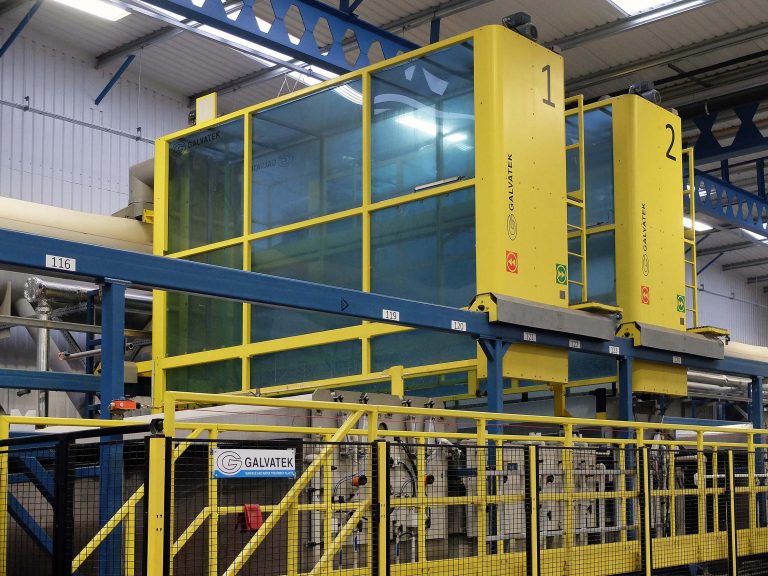
Zinc Phosphating Machinery
Artillery shell surface treatment plants include machinery for zinc phosphating where the shells are phosphated by immersing them. This protects the shells from rust and corrosion and allows paint to adhere better.
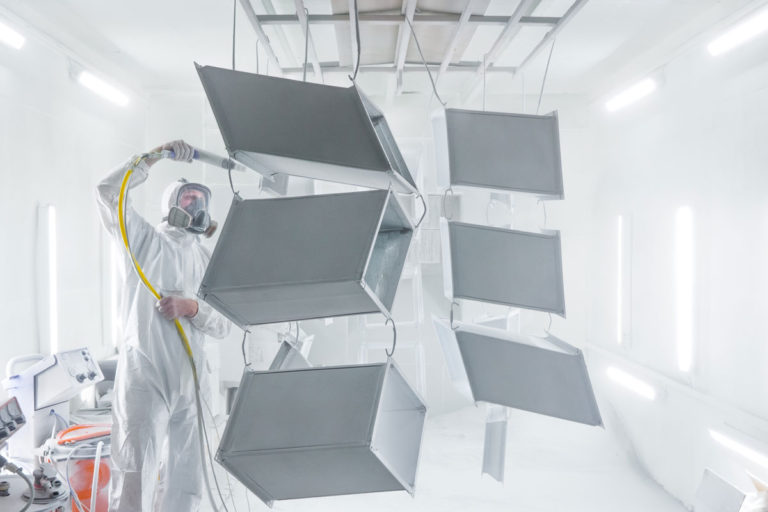
Paint Booths
John Cockerill artillery shell surface treatment plants are highly automated. Painting robots ensure an even coat of paint using your method of choice.

Material Handling
Material handling in the John Cockerill artillery shell surface treatment plants is automated. Moving the parts inside the process is fully automated, but goods receiving and dispatching is done otherwise.
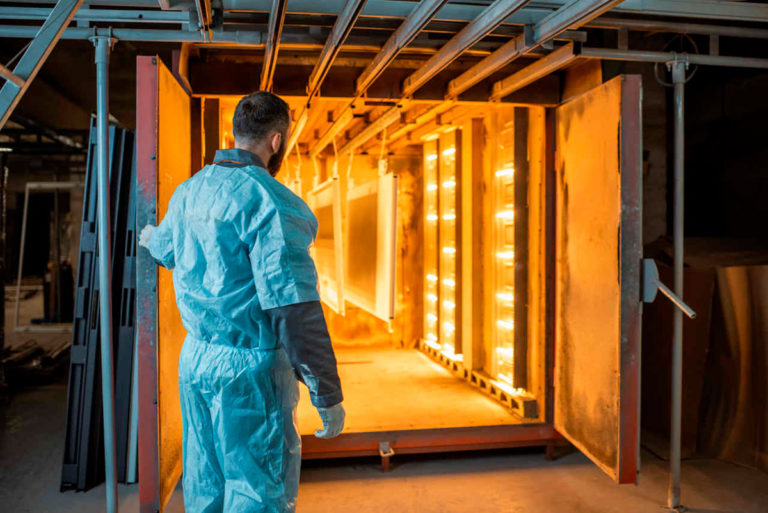
Ovens and Dryers
The surface treatment process typically includes several ovens or dryers. Owens and dryers must be skillfully integrated into the process plant to keep them energy-efficient and safe.
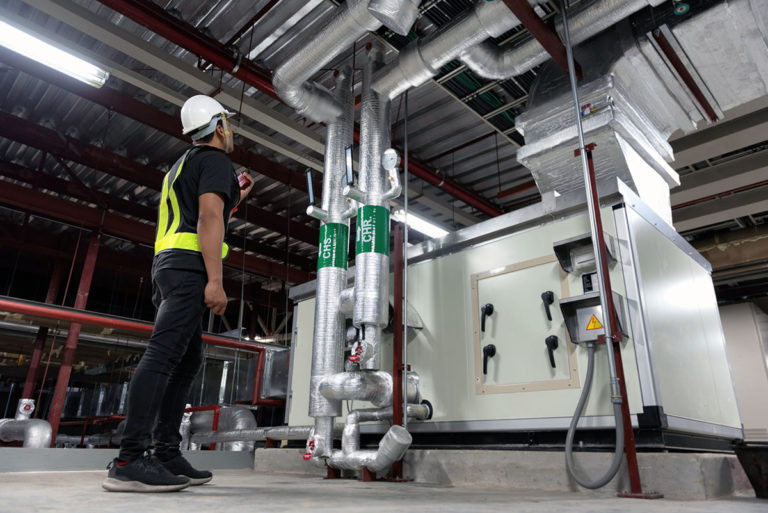
Process Ventilation
Effective process ventilation creates a safe working environment, protects plant structures from acidic fumes, and saves energy.
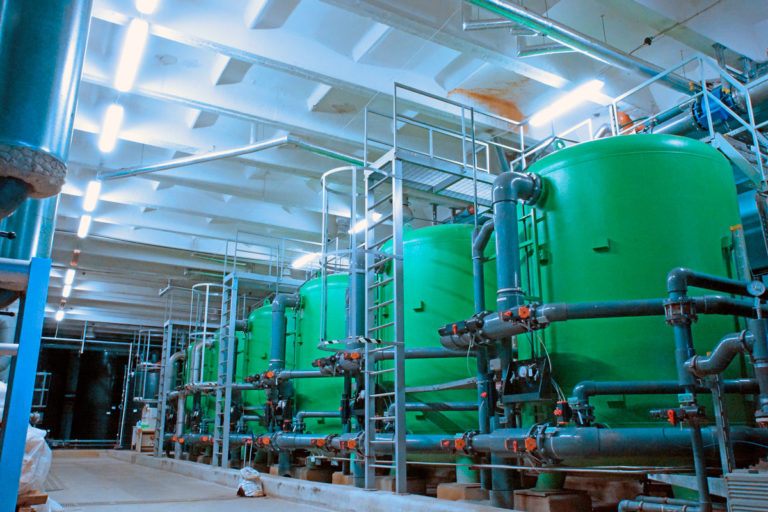
Fresh and Wastewater Treatment
John Cockerill offers several methods to produce fresh process water or to clean wastewater from the process. Plants are typically based on either neutralization or evaporation of water.